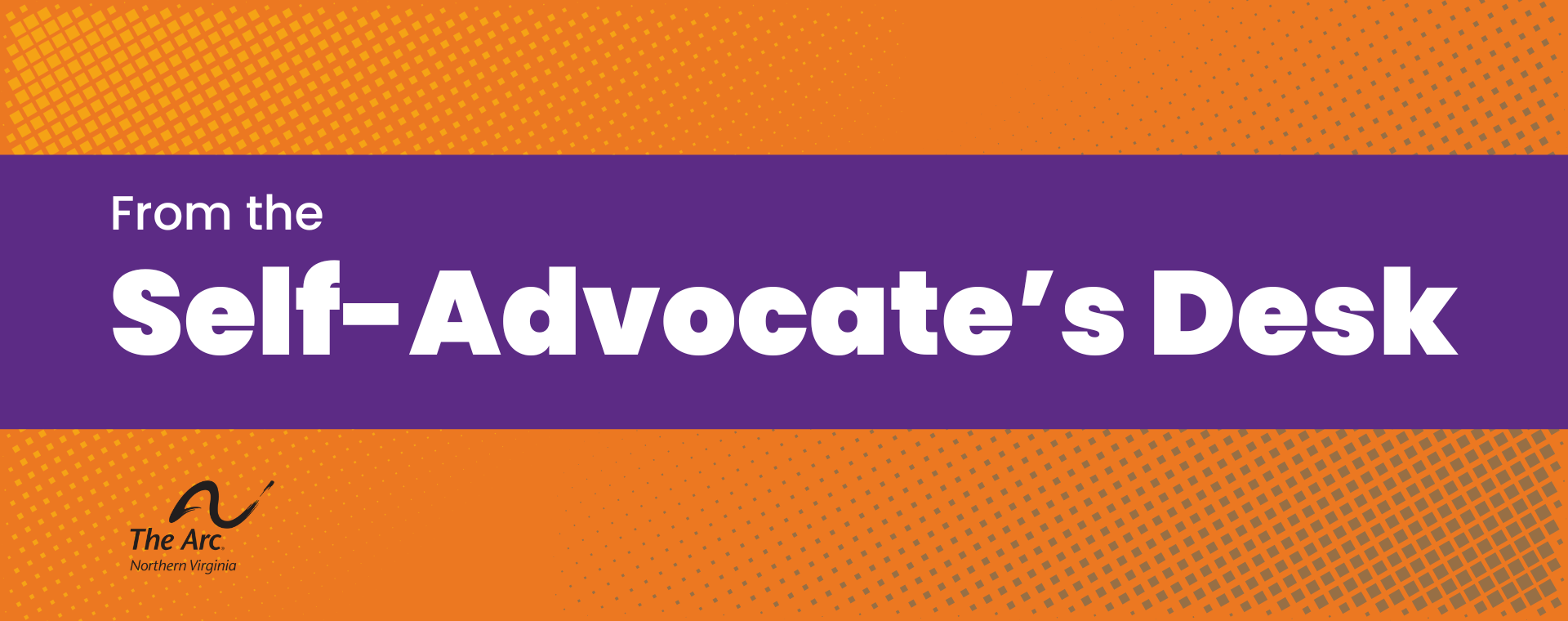Reframing the Question
The question “Why do disabled people not want to work?” is one that surfaces far too often. At first glance, it may seem straightforward, but in reality, it reflects a profound misconception. By framing the issue as a matter of individual choice or motivation, the question places blame on disabled people themselves while obscuring the systemic, cultural, and structural barriers that shape their employment outcomes.
The truth is that most disabled people do want to work. What they seek is not mere placement in any role but the opportunity to engage in meaningful, sustainable careers where they can grow, contribute, and be valued. If we are to understand the real dynamics at play, we must move beyond stereotypes and examine the complex realities that shape disabled people’s relationship to the workforce.
Lived Experience & Motivation
Disabled people, like all people, hold diverse aspirations, talents, and personal goals. Many are highly motivated to pursue work that aligns with their skills and passions. What they reject is the expectation that they must settle for tokenistic roles or jobs that exist solely to fill a diversity quota. Too often, they are funneled into menial or low-growth positions that fail to respect their potential.
Work is not just about earning a paycheck; it is about dignity, purpose, and belonging. Disabled individuals, like their non-disabled peers, want careers that reflect their values and abilities. They seek opportunities where their contributions matter, where advancement is possible, and where they can sustain themselves without compromising their health or independence.
When we assume that disabled people “do not want to work,” we erase their motivation and aspirations. The real story is one of frustration: talented individuals being denied the chance to thrive because of barriers outside their control.
Systemic Barriers
Even when motivation exists, systemic barriers often block the path to employment. These barriers are multifaceted and pervasive:
- Accessibility: Public transit systems remain unreliable or physically inaccessible, and many workplaces still present architectural and digital obstacles. A person might be qualified for a job but unable to get there, or unable to access the tools required to perform it.
- The Benefits Cliff: Employment decisions are further complicated by rigid eligibility rules for programs like Medicaid, SSI, and SSDI. A modest wage increase can trigger the sudden loss of vital supports such as healthcare, personal care services, or assistive technology. This paradox forces many to make an impossible choice between income and independence.
- Discrimination and Stigma: Ableism remains deeply entrenched in workplace culture. Hiring biases, stereotypes about productivity, and reluctance to provide accommodations all limit opportunities. The result is not an absence of willingness to work, but an exclusionary system that fails to welcome disabled talent.
These barriers highlight a crucial truth: the issue is not a lack of desire but a lack of access.
Workplace Realities
For those who overcome these initial barriers, the workplace itself can become yet another source of exclusion.
Hiring practices often disadvantage disabled applicants. Job descriptions may list unnecessary physical requirements or vague criteria like “fast-paced environment,” deterring qualified candidates. Online application portals remain incompatible with screen readers and other assistive technologies. Even the interview process frequently lacks accommodations such as interpreters or accessible formats.
Once hired, disabled employees may encounter inflexible schedules, denied accommodations, or environments steeped in stigma. Requests for flexible hours due to chronic illness, or for sensory-friendly spaces for neurodivergent workers, are too often misunderstood or dismissed as preferential treatment. This denial not only hampers productivity but also erodes trust, morale, and long-term retention.
When employees are placed in roles that undervalue their talents or disregard their needs, the effects ripple outward. Workers experience stress, burnout, and disillusionment, while employers face higher turnover, reduced productivity, and reputational harm. The cost of exclusion is borne by both individuals and organizations.
Economic & Social Dimensions
The economic realities of disability further compound these challenges. Disabled workers consistently earn less than their non-disabled peers, are more likely to work part-time, and are disproportionately represented in low-wage industries. This wage gap exists even among individuals with comparable education and experience.
At the same time, the cost of living with a disability is significantly higher. Medical expenses, mobility aids, accessible housing modifications, and reliable transportation all add to what many describe as a “crip tax” the additional financial burden of disability. A household with a disabled adult may require nearly 30 percent more income just to achieve the same standard of living as a non-disabled household.
For many, working jeopardizes essential supports. Losing Medicaid or personal care services in exchange for low-paying or unstable employment is not a step toward independence but toward greater vulnerability. This economic paradox forces many disabled people into a position where working can make them worse off than not working.
Reframing & Moving Forward
The framing of the question itself, “Why don’t disabled people want to work?” reveals how deeply society equates human worth with traditional notions of productivity. It assumes that disabled people are unwilling, rather than acknowledging the systemic failures that block their participation.
A better set of questions would be:
- What barriers prevent disabled people from accessing fair employment?
- How can employers, policymakers, and communities create workplaces that are inclusive and sustainable?
The answers lie in systemic change: expanding accessible transportation, reforming benefits to eliminate the cliff effect, investing in inclusive hiring practices, and educating employers on the value of accommodations. Importantly, it means centering disabled voices in policy conversations and workplace decisions. When disabled people lead the dialogue, solutions are more grounded, ethical, and effective.
Call to Action
Disabled people do not lack the will to work; they lack equitable access to the conditions that make work possible and sustainable. To continue suggesting otherwise is to perpetuate harmful stereotypes that devalue human potential.
The challenge before us is clear: dismantle the structural barriers, confront the biases, and invest in systems that allow disabled people to participate fully in the workforce. Policymakers must prioritize benefits reform and accessibility. Employers must reexamine their practices and cultures. Communities must advocate for inclusion not as charity, but as justice.
The problem is not that disabled people do not want to work. The issue is that society has not yet removed the barriers that keep them from doing so. Until those barriers are dismantled, the question itself will remain a reflection of bias rather than reality.
Thank you for taking the time to read and reflect on this response. By working together to remove barriers, challenge misconceptions, and create systems that value every individual’s contributions, we can build a world where opportunity, dignity, and equity are not privileges for a few, but rights for all.
Ian Allan
Self-Advocate for The Arc of Northern Virginia
Ian Allan is a self-advocate with a deep commitment to policy literacy, systems change, and disability justice. Through The Arc of Northern Virginia, he works to ensure that people with intellectual and developmental disabilities are not merely served by systems, but are actively shaping them.

